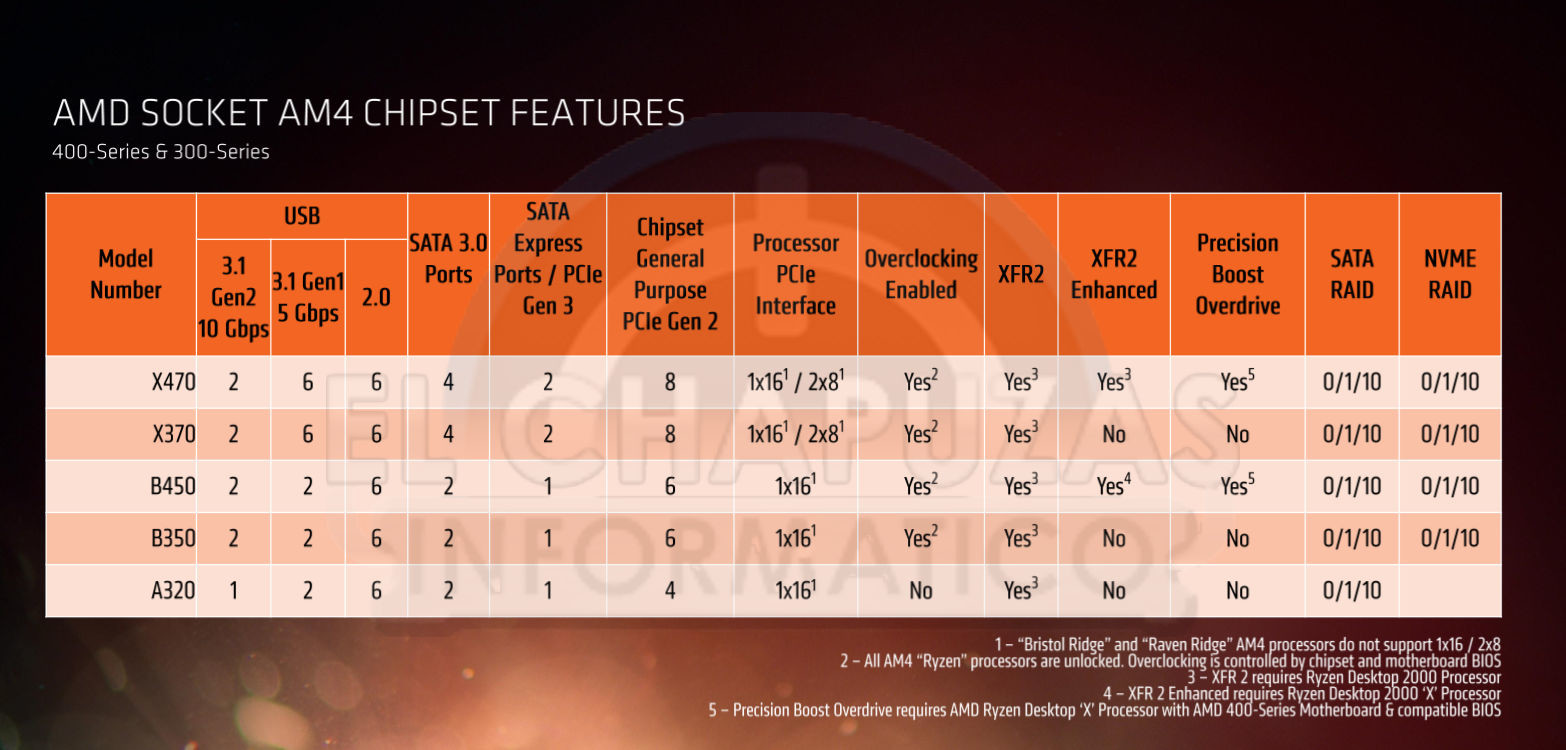shrapnel_indie :
Headline seems a little misleading to a degree...
y. Performance was strong on two Intel-powered systems we tried, but after a software update, we also experienced problems connecting to the Vive Pro from these computers. In other words, if you use a Ryzen-powered computer or connect to a Vive Pro rather than a regular Vive, you may want to wait for updates.
This suggests its just more than AMD issues, which the headline does nothing to reflect.
Intel also played a critical role in developing the Vive Wireless Adapter. The company adapted its WiGig technology to enable wireless communication from the host PC to the untethered headset. Intel introduced WiGig at IDF 2014 and touted it as a wireless peripheral dock of sorts, but the technology failed to gain traction in that market. With the emergence of VR headsets, Intel saw an opportunity to revive the development of its high-bandwidth wireless data transmission solution.
This begs the question, based on the shenanigans that Intel has pulled lately as to "Did Intel play dirty in the firmware to ensure issues with AMD processors?" I can't say that they did, but it can make you wonder. They may not have, or may have... its circumstantial at least until someone examines the firmware closely.
Or it could be the fact that short of the PCIe x16 slot on their board all the other slots are PCIe 2.0. The article did state:
HTC’s instructions, which you can find here, suggest installing the WiGig card first. The expansion card features a PCIe x1 interface, which should make it compatible with any PCIe slot in your motherboard as long as it supports PCIe Gen3.
Per the manual from Asus the only slot that's PCIe 3.0 on that board is the top x16 slot. The rest are PCIe 2.0.
WiGig transmits at up to 7Gb/s while PCIe 2.0 x1 is limited to 5Gb/s. If the Vive is needing that bandwidth then that PCIe 2.0 limitation of the AMD chipsets will be an issue.
I guess it would depend on what slot he used for the X99 system as the only PCIe 2.0 slot is the x1 slot but all the PCIe x16 slots are 3.0. I think we need to see this tested with a newer Intel system and maybe a Threadripper system with PCIe 3.0.
Or it could just be a driver issue.


